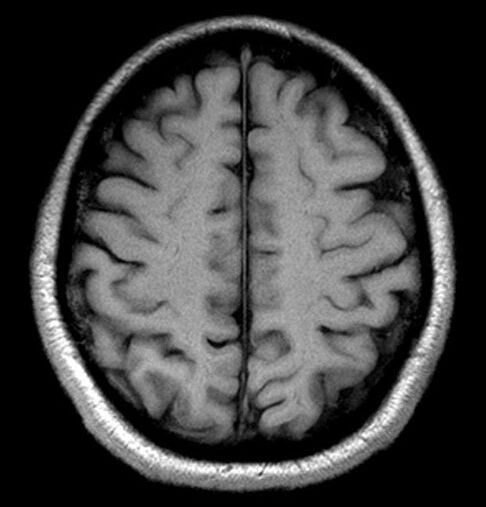In her new book, Brandy Schillace recalls the unbelievable legacy of a Cold War era neurosurgeon’s mission to preserve the soul.



Previous ideas about how to make these hypothetical devices have required exotic forms of matter and energy that may not exist, but a new idea for a warp drive that doesn’t break the laws of physics may be theoretically possible. However, it may not be practical in the foreseeable future because it requires ultra dense materials.

SN10 Flight Test LIVE STREAM
SpaceX is set to launch the Starship SN10 prototype to an altitude of approximately 10 kilometers. A launch attempt is possible between 9 am and 6 pm Central time on Wednesday. However, as with testing, there is always a chance that teams could decide to stand down and try again on a different day.
Updates: https://forum.nasaspaceflight.com/index.php?topic=52398.

From its power as an antioxidant through to SIRT activation and beyond, resveratrol as a health aid and as an anti-aging compound is a word that has made many headlines and is the topic of many conversations.
From forming the basis of an excuse to drink bottle after bottle of red wine, to a newspaper selling headline it has bee around for decades now and every time it seems to be slipping away, a new insight arrives to bring it back as strong as ever.
Indeed, it is one of the most popular supplements currently available.
So in this video I bring together a background of what it is, when we discovered it and where you can find it naturally, along with a whole raft of studies showing what it can possibly do for the human body.
So I hope this clears up any loose ends for you and if you want to know more about Sirtuins why not check out this video… https://youtu.be/cNUFesiescc Do you supplement with this or any other products, why not let us know your regime below…



Do you remember the test about self control? It’s the test where you get more if you are patient and don’t eat the marshmallow at once. The cuttlefish just passed it. 😃
Much like the popular TikTok challenge where kids resist eating snacks, cuttlefish can do the same! Cuttlefish can delay gratification—wait for a better meal rather than be tempted by the one at hand—and those that can wait longest also do better in a learning test, scientists have discovered.
The technology could boost aerial robots’ repertoire, allowing them to operate in cramped spaces and withstand collisions.
If you’ve ever swatted a mosquito away from your face, only to have it return again (and again and again), you know that insects can be remarkably acrobatic and resilient in flight. Those traits help them navigate the aerial world, with all of its wind gusts, obstacles, and general uncertainty. Such traits are also hard to build into flying robots, but MIT Assistant Professor Kevin Yufeng Chen has built a system that approaches insects’ agility.
Chen, a member of the Department of Electrical Engineering and Computer Science and the Research Laboratory of Electronics, has developed insect-sized drones with unprecedented dexterity and resilience. The aerial robots are powered by a new class of soft actuator, which allows them to withstand the physical travails of real-world flight. Chen hopes the robots could one day aid humans by pollinating crops or performing machinery inspections in cramped spaces.